Fall flicks: From cozy comforts to chilling thrills
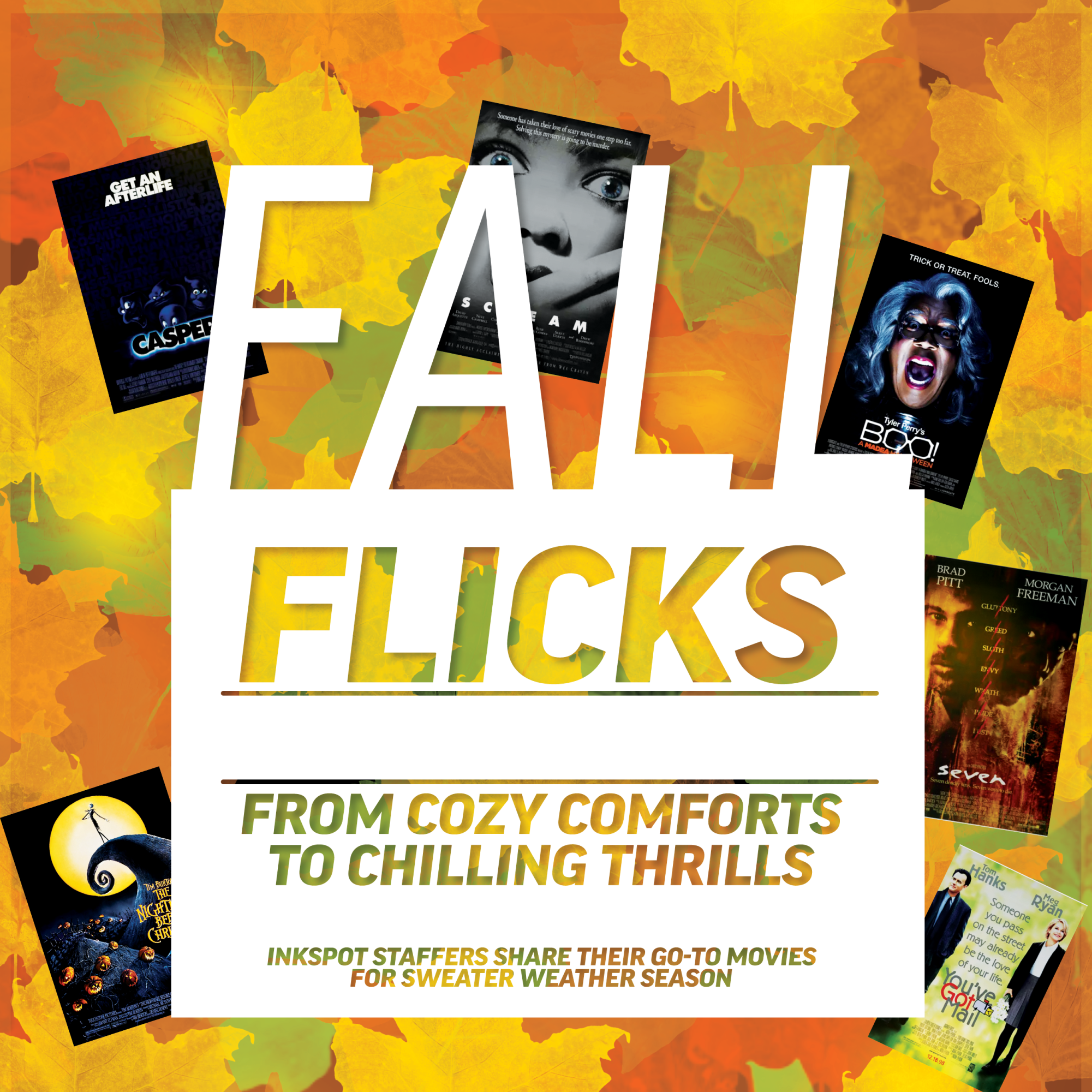
As September slips away, summer fades—along with sunburns, sandals and the scent of sunscreen. In its place: hoodie weather, falling leaves and the unmistakable aroma of bonfires and pumpkin spice.
With fall comes a shift in more than just the weather. Our watchlists change too—ditching summer blockbusters for two distinct kinds of fall films: spooky thrillers that send shivers down your spine and cozy comfort picks that warm you up like a flannel blanket.
Whether you’re in the mood for a Halloween scare or a feel-good favorite with fall vibes, Inkspot staffers have compiled their go-to autumn movies to help you make the most of the season.
Wes Craven’s “Scream” slashes through horror movie conventions—literally and figuratively. By killing off Drew Barrymore’s character in the first 10 minutes, Craven signals that this isn’t a typical slasher flick.
Instead, “Scream” leans into classic genre clichés with a self-awareness that helped redefine horror for a new generation.
The film follows Sidney Prescott (Neve Campbell), a student at Woodsboro High, who begins receiving threatening phone calls from a masked killer one year after her mother’s death. The murderer, known as Ghostface, toys with victims by quizzing them on horror trivia—beginning with the now-iconic line, “What’s your favorite scary movie?”
When Casey Becker (Barrymore) fails to answer correctly, her death marks the start of a gruesome killing spree. As Sidney and her friends try to survive, they fall into familiar horror tropes—running upstairs instead of out the door, venturing into dark basements—but “Scream” turns those choices into knowing commentary. The characters may understand the rules, but that doesn’t mean they survive them.
Equal parts satire and scare-fest, “Scream” is a must-watch for any horror fan looking for a film that’s as clever as it is chilling.
“When Harry Met Sally” may feature winter holidays like Christmas and New Year’s, but it’s the perfect fall film—best enjoyed with a blanket and a pumpkin spice latte.
A quintessential friends-to-lovers romance, the film follows Sally Albright (Meg Ryan) and Harry Burns (Billy Crystal), two opposites who can’t seem to avoid each other.
After college graduation, the pair shares a drive to New York—where Harry insists men and women can’t be “just friends” because of the unavoidable sexual tension—Sally hopes never to see him again. But fate has other plans.
They cross paths again at the airport, again on a flight, and finally—years later—at a bookstore near the “personal growth” section.
From that moment, a reluctant friendship begins. As the seasons change, so does their relationship, unfolding with a blend of witty banter, emotional honesty and slow-building connection that keeps viewers invested.
Whether it’s the cozy knit sweaters, the fiery fall foliage or the nostalgic city strolls, “When Harry Met Sally” delivers serious fall vibes and comforting charm for anyone craving a timeless romantic classic.
J.K. Rowling’s award-winning fantasy novel came to life on the silver screen in “Harry Potter and the Goblet of Fire”—arguably the most action-packed installment in the franchise.
The film follows Harry as he’s unexpectedly entered into the Triwizard Tournament, a dangerous, high-profile competition between three wizarding schools. With students cheering from the stands, house pride on full display, the Triwizard Tournament evokes the energy of a magical homecoming season well-before the Yule Ball.
Director Mike Newell captures the grandeur of the tournament with sweeping, cinematic shots, but the film doesn’t lose sight of its emotional core. As Harry faces dragons, underwater trials and shifting friendships, “The Goblet of Fire” balances heart-pounding action with the awkward tensions of teenage life.
From chilly castle courtyards to the warm glow of the Great Hall, the film delivers the perfect blend of spectacle and seasonal nostalgia—making “The Goblet of Fire” a go-to fall rewatch.
Halloween often brings to mind horror films filled with jump scares and gore—but “Casper” offers a gentler, more sentimental take on the season.
The film centers on Casper (Devon Sawa), a friendly ghost bound to a crumbling mansion alongside his three mischievous uncles. When paranormal therapist Dr. Harvey (Bill Pullman) and his daughter Kat (Christina Ricci) move in, their mission is to help the spirits cross over. But instead of scares, the story delivers heart.
Casper and Kat form a touching bond as they discuss Casper’s tragic past and work together to stop a group of thieves hunting for hidden treasure.
Ultimately, Casper sacrifices his one chance at returning to human form to save Kat’s father—an act of selflessness that highlights the film’s emotional core.
With its haunted house setting, themes of love and loss, and a touch of childhood nostalgia, “Casper” proves that Halloween movies don’t have to be terrifying to be meaningful. It’s a perfect pick for those looking for fall vibes with a softer, more heartfelt twist.
When October rolls around, many turn to haunted houses, masked slashers and final girls. But if you’re craving something darker—something more cerebral—“Se7en” delivers a different kind of horror.
This crime thriller follows Detective William Somerset (Morgan Freeman), a world-weary veteran on the verge of retirement, and Detective David Mills (Brad Pitt), his impulsive young partner. Together, they investigate a string of gruesome murders, each modeled after one of the seven deadly sins. The killer—known only as John Doe (Kevin Spacey)—leaves behind cryptic messages and horrifying crime scenes that force the detectives, and viewers, to confront the ugliest corners of human nature.
From the bloated “Gluttony” victim to the shocking “Sloth” reveal, each moment builds dread as the case spirals toward one of the most unforgettable endings in film history. The unnamed city, drenched in constant rain and cloaked in decay, becomes a character itself—its gloom setting the tone for a slow, suffocating descent into darkness.
“Se7en” doesn’t just give you chills—it burrows under your skin. And by the time it reaches its devastating climax, you might find yourself whispering the question that’s haunted moviegoers since 1995: “What’s in the box?”
While not a traditional fall favorite, “Final Destination” is the perfect in-between for viewers who want something darker than a cozy comfort film but not as terrifying as a full-on horror movie.
Each film in the franchise follows the same premise: someone has a sudden, vivid premonition of a deadly event and tries to warn others—only for death to come after the survivors one by one. There’s no masked killer, no haunting spirit—just fate itself, working through elaborate, often gruesome accidents.
“Final Destination” delivers gore, suspense and high-stakes tension without veering into slasher or paranormal territory. It won’t keep you up at night (unless you have a weak stomach), but it will keep you guessing—and gripping your seat.
While most franchises peak with their first installment, the second “Final Destination” film (2003) stands out as a fan favorite. With a stronger storyline and a satisfying conclusion, it’s arguably the best entry point. The series may follow a predictable formula, but the creativity behind each death scene keeps it entertaining and oddly addictive.
So if you’re bored with the usual fall lineup, give “Final Destination” a try. It may just have you looking twice the next time you’re behind a logging truck—or wondering what it really means to cheat death.
When people think of fall or Halloween movies, comedy usually isn’t the first genre that comes to mind. But for me, the Madea franchise—specifically “Boo! A Madea Halloween”—has always stood out.
Unlike the typical slasher or sentimental fall film, “Boo!” leans into comedy while still delivering a message: actions have consequences. The story follows Madea as she’s enlisted to watch over her niece Tiffany and prevent her from sneaking out to a Halloween frat party. Tiffany ignores her—and, as expected, Madea shows up to shut it down.
What follows is classic Madea chaos. In retaliation, the college students prank her, pretending the house is haunted. Madea fights back in her own over-the-top way, including a fake police raid that flips the situation on its head.
This might not be the Halloween vibe everyone’s looking for—it’s not scary, and it’s far from cozy—but that’s exactly why it works. With its loud humor, outlandish characters and unexpected life lessons, “Boo! A Madea Halloween” carves out its own space in the fall movie lineup. It may not send chills down your spine, but it’s guaranteed to get a laugh.
During fall, pumpkins get carved, sweaters come out of storage and leaves drift to the ground. While Halloween horror dominates the season, I gravitate toward the quieter side of autumn—the changing colors, the cool air and the comfort of a good, cozy film.
That’s what drew me to my favorite fall movie: “The Odd Life of Timothy Green.”
The story opens with Cindy and Jim Green, a couple who has given up hope of becoming parents. In a bittersweet farewell to their dream, they write down all the traits they’d want in a child and bury the notes in a box in their backyard. Then, a boy named Timothy appears—muddy, magical and with leaves growing from his legs.
Timothy begins to impact everyone around him. Each time he fulfills one of the qualities his “parents” imagined, a leaf falls. He stands up to bullies, inspires change at work and helps the Greens become the parents they hoped to be. When his last leaf falls, Timothy leaves too—but not without showing Cindy and Jim that they’re ready to love again. The film ends with the couple adopting a girl named Lily.
With its golden visuals, emotional storytelling and themes of growth, change and letting go, “The Odd Life of Timothy Green” captures the heart of the fall season. It’s a film that will make you laugh, cry and see autumn through a more meaningful lens.
For me, Tim Burton and Michael McDowell’s “The Nightmare Before Christmas” has always captured the spirit of Halloween—ghoulish, whimsical and just a little sentimental.
The film opens in Halloween Town with a spirited musical number introducing the town’s spooky citizens, led by their beloved Pumpkin King, Jack Skellington. But beneath his skeletal grin, Jack is restless. Tired of the same old scares, he longs for something more—and finds it when he stumbles upon a portal to Christmas Town.
Enchanted by the joy and wonder of the holiday, Jack decides to bring Christmas to Halloween Town, blending the macabre with the merry in true Burton fashion. As his well-meaning plans spiral into chaos, Jack begins to discover what he truly wants: love, belonging and the courage to be himself.
While not strictly fall-themed, “The Nightmare Before Christmas” blends the best of Halloween and the cozy beginnings of the winter season. With its unforgettable visuals, haunting soundtrack and message of self-discovery, it’s a Halloween classic that continues to resonate—no matter the season.
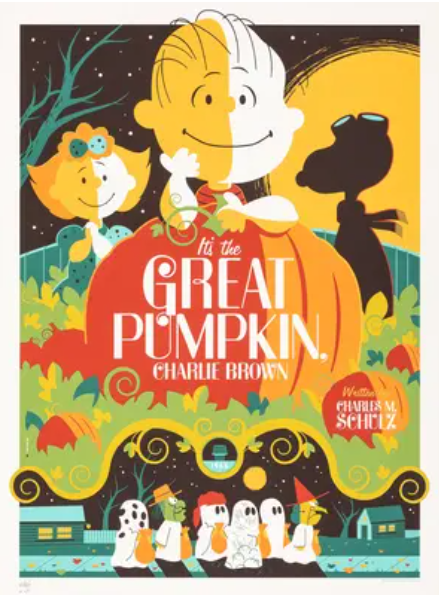
From the age of 7 to 17, I found myself rewatching the autumn classic “It’s the Great Pumpkin, Charlie Brown”—and to this day, I still hum along to the familiar Peanuts theme as the opening credits roll.
The film reunites viewers with familiar faces: Charlie Brown, Snoopy, Linus, Lucy and the rest of the Peanuts gang. The story centers on Linus, who believes in the Great Pumpkin—a mythical figure who, like Santa Claus, brings gifts to children on Halloween night. While his friends tease him, Linus remains hopeful, camping out in a pumpkin patch to prove the Great Pumpkin is real.
Meanwhile, Charlie Brown heads out trick-or-treating, only to receive a bag full of rocks. The film ends on a bittersweet note, with Linus still clinging to his belief and vowing to wait again next year.
With its gentle humor, timeless animation and themes of faith, friendship and disappointment, “It’s the Great Pumpkin, Charlie Brown” is more than just a cartoon—it’s a heartwarming tradition that captures the spirit of fall in every frame.
It’s not lost on me that “You’ve Got Mail” spans several seasons—sure, there is Kathleen Kelly (Meg Ryan) wrapped in twinkling lights, hanging ornaments as she transforms The Little Shop Around the Corner into a storybook Christmas scene. Then there’s Central Park in spring, as Joe Fox (Tom Hanks) and Kelly finally meet beneath a canopy of cherry blossoms.
I get it. The film covers nearly an entire year in the life of the Upper West Side.
But the season it owns—claims, really—is autumn.
The first act is drenched in it: pumpkins perched in shop windows, brownstone stoops dressed with leaves, kids parading to school with backpacks nearly as big as they are. Joe muses in the now iconic line: “Don’t you love New York in the fall? It makes me wanna buy school supplies. I would send you a bouquet of newly sharpened pencils if I knew your name and address.”
It’s sweater weather captured on film, New York at its most golden and inviting. “You’ve got Mail” just feels like fall.
Let me play English teacher for a second. Fall is about transitions, nostalgia pressed against the excitement of change. It’s about hanging on and letting go at the same time. “You’ve Got Mail” is as much about endings as beginnings—closing doors (literally, in Kathleen’s case) to open others. Its about love ending and beginning.
It is the definition of a comfort watch—Meg Ryan and Tom Hanks in peak rom-com form, writer Nora Ephron with her usual mix of wit and warmth.
If you value the Inkspot’s commitment to student journalism—giving Normal Community’s reporters real-world experience—please consider donating to support our staff’s trip to the National High School Journalism Convention.
Your generosity helps us cover travel costs, enter national contests and attend sessions led by top media professionals—an unforgettable opportunity to learn, grow, and represent Community on a national stage.
THANK YOU for investing in the next generation of storytellers.

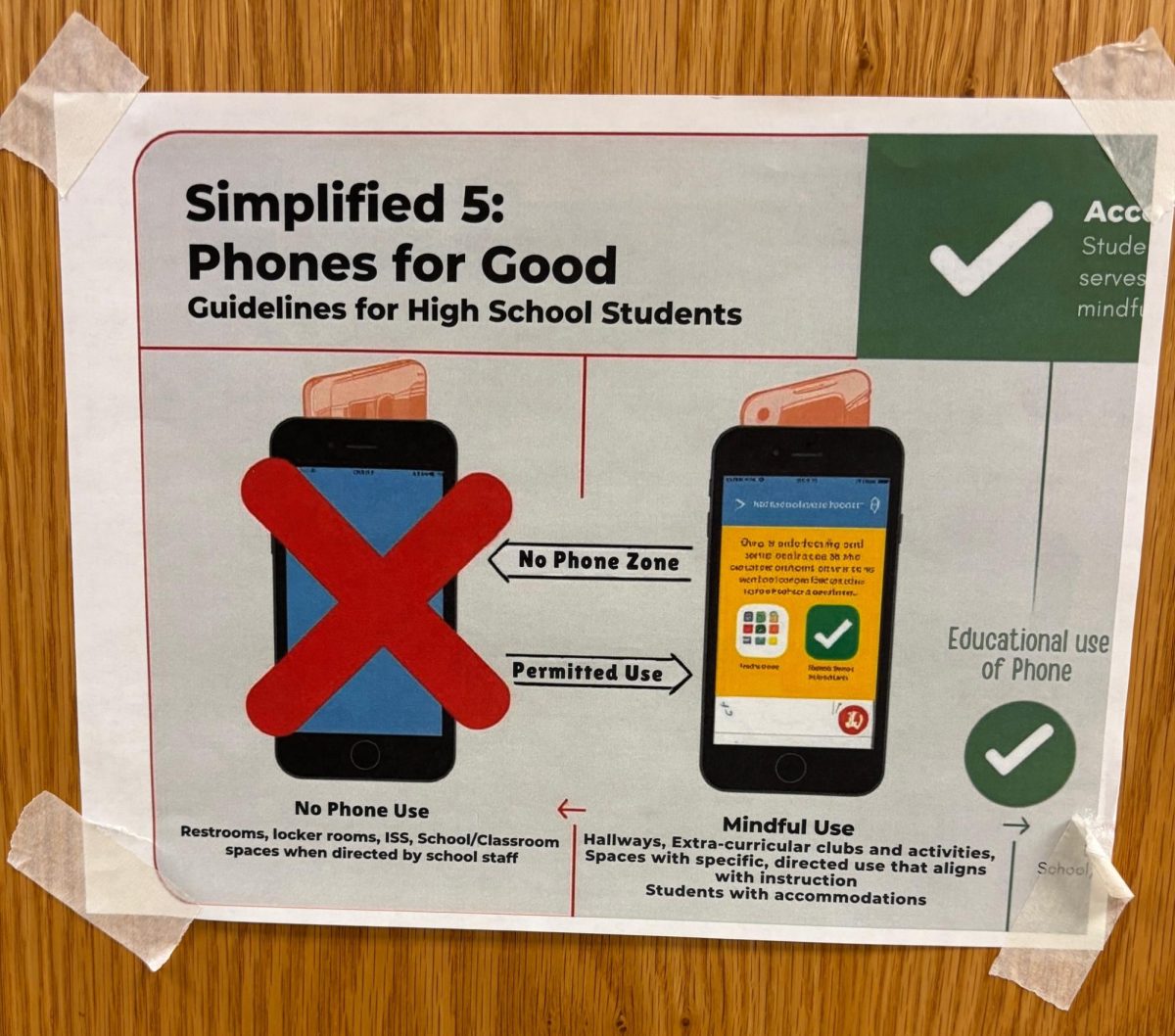

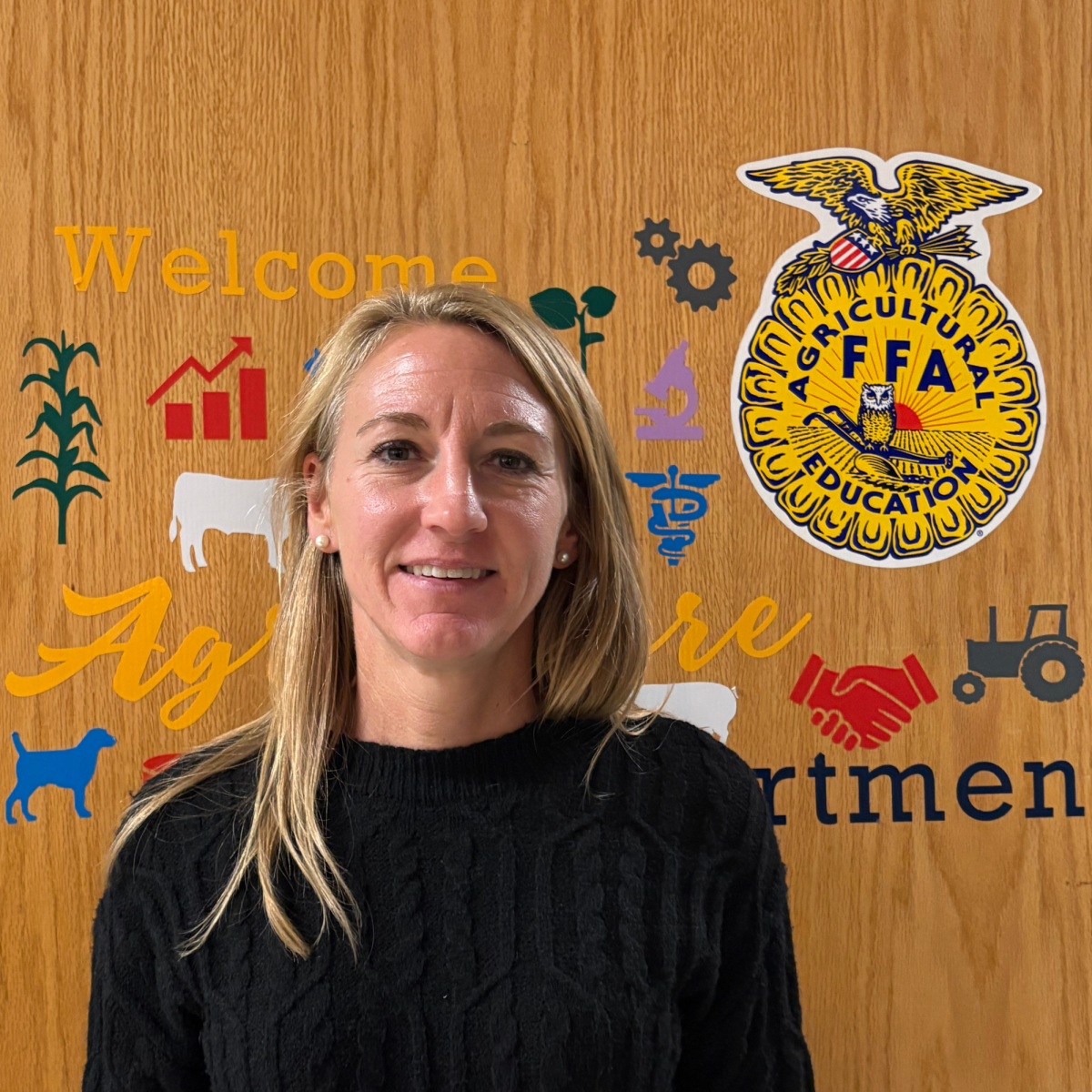
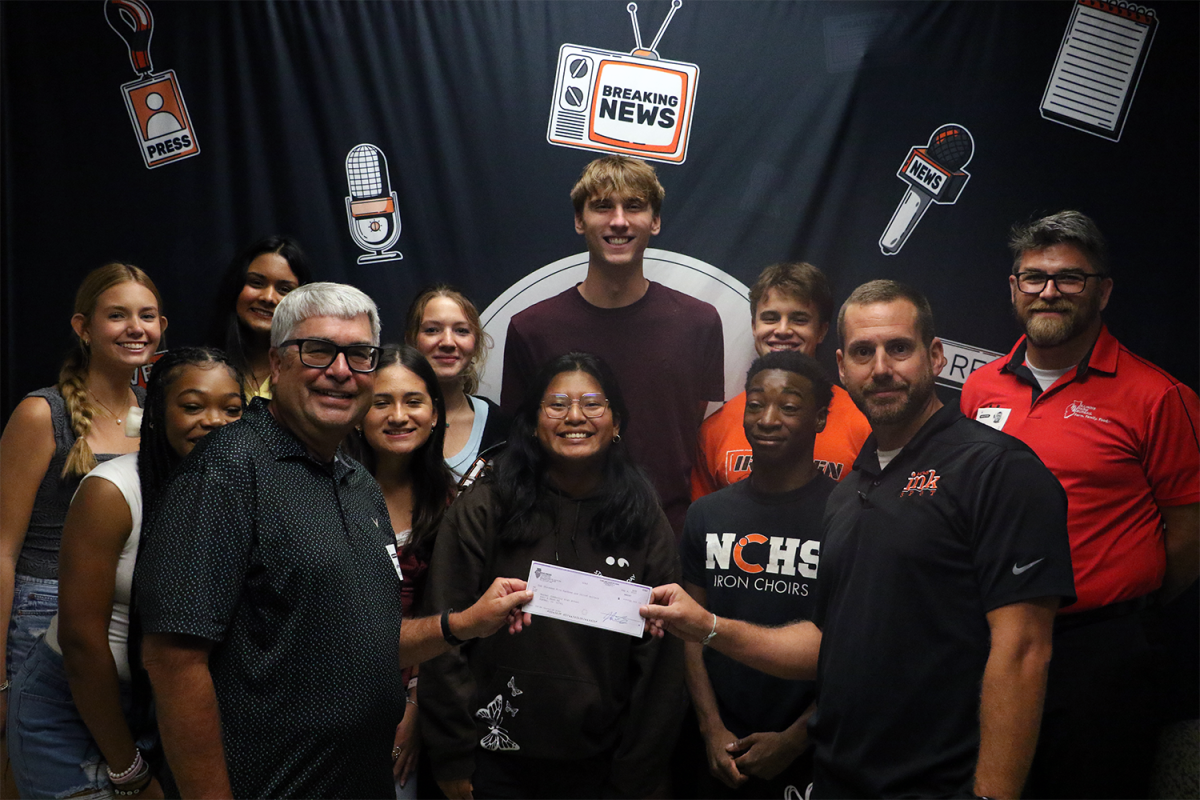

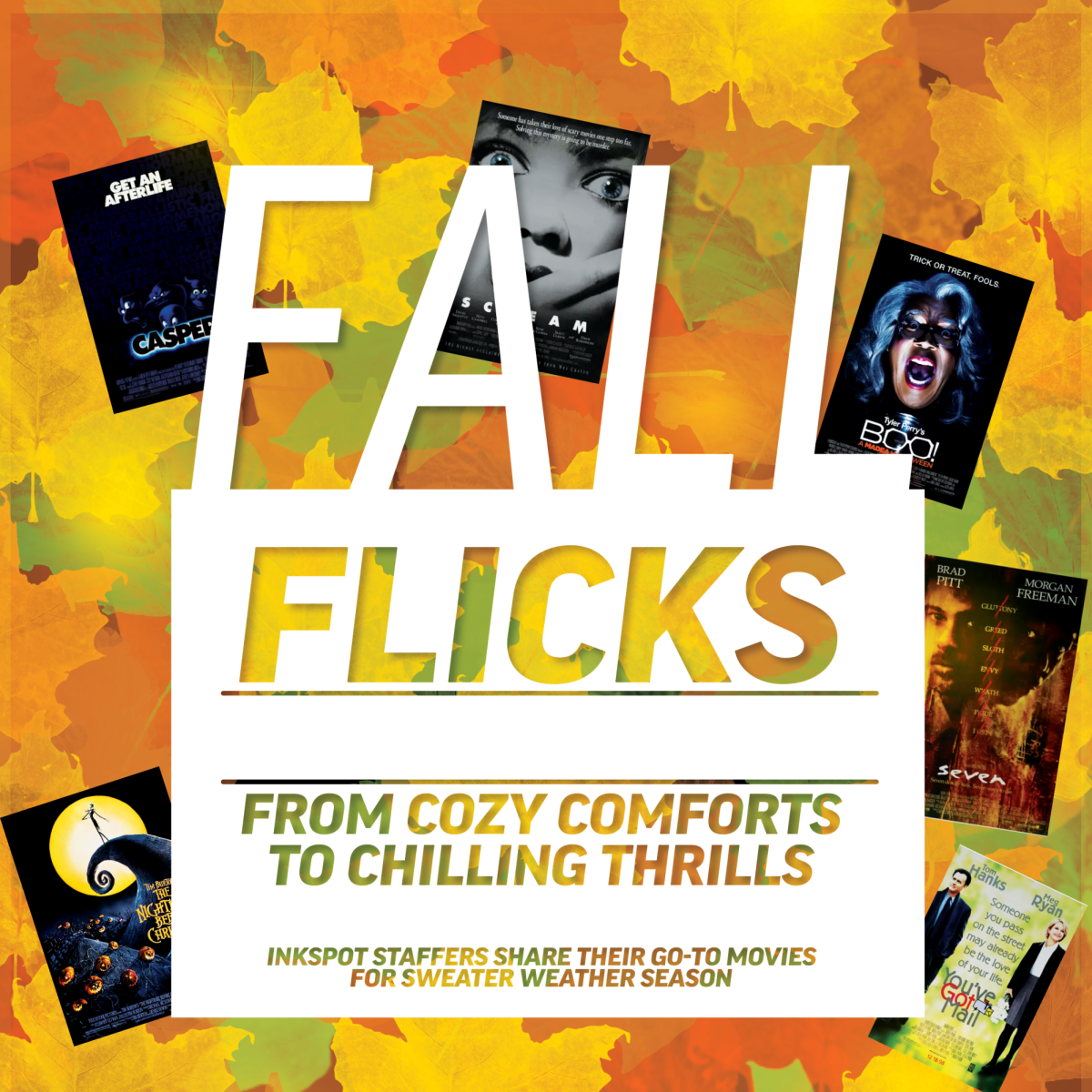


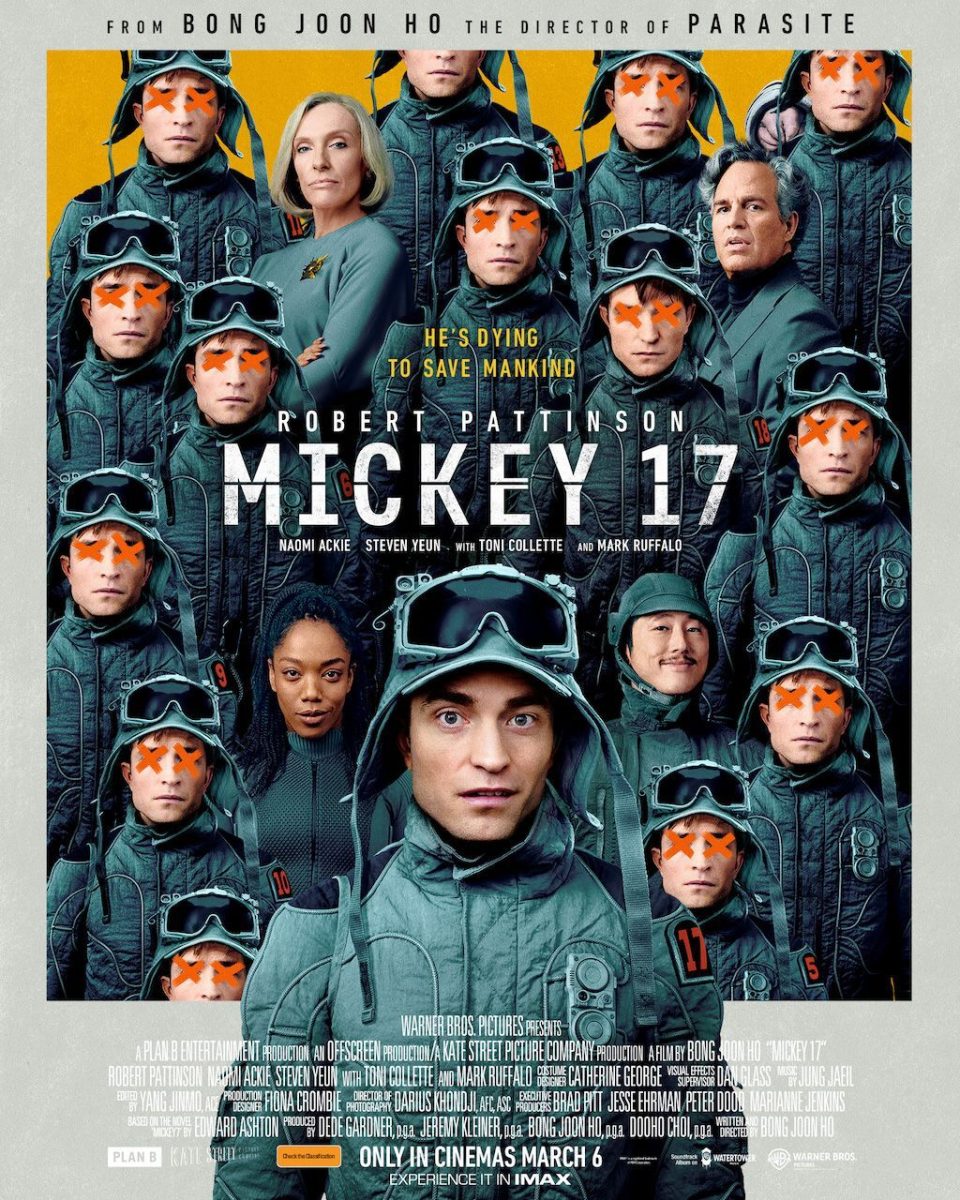


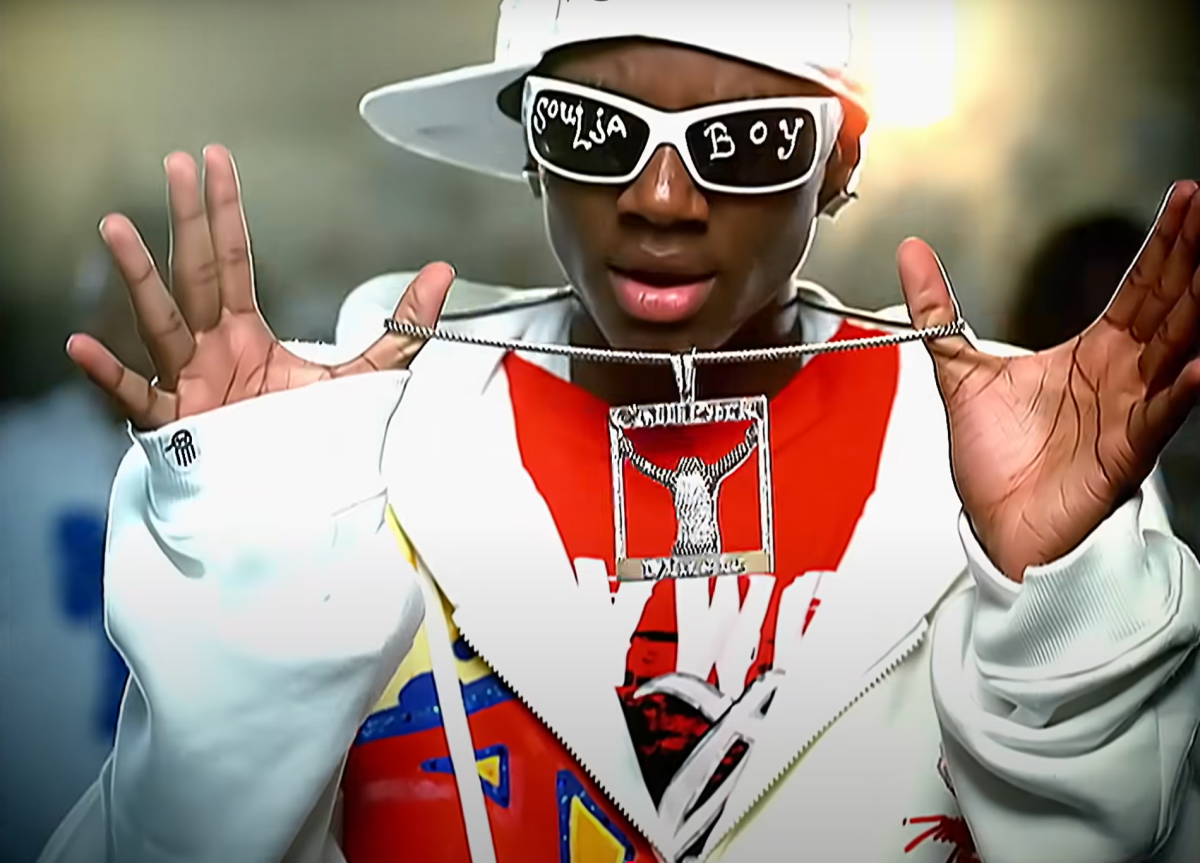
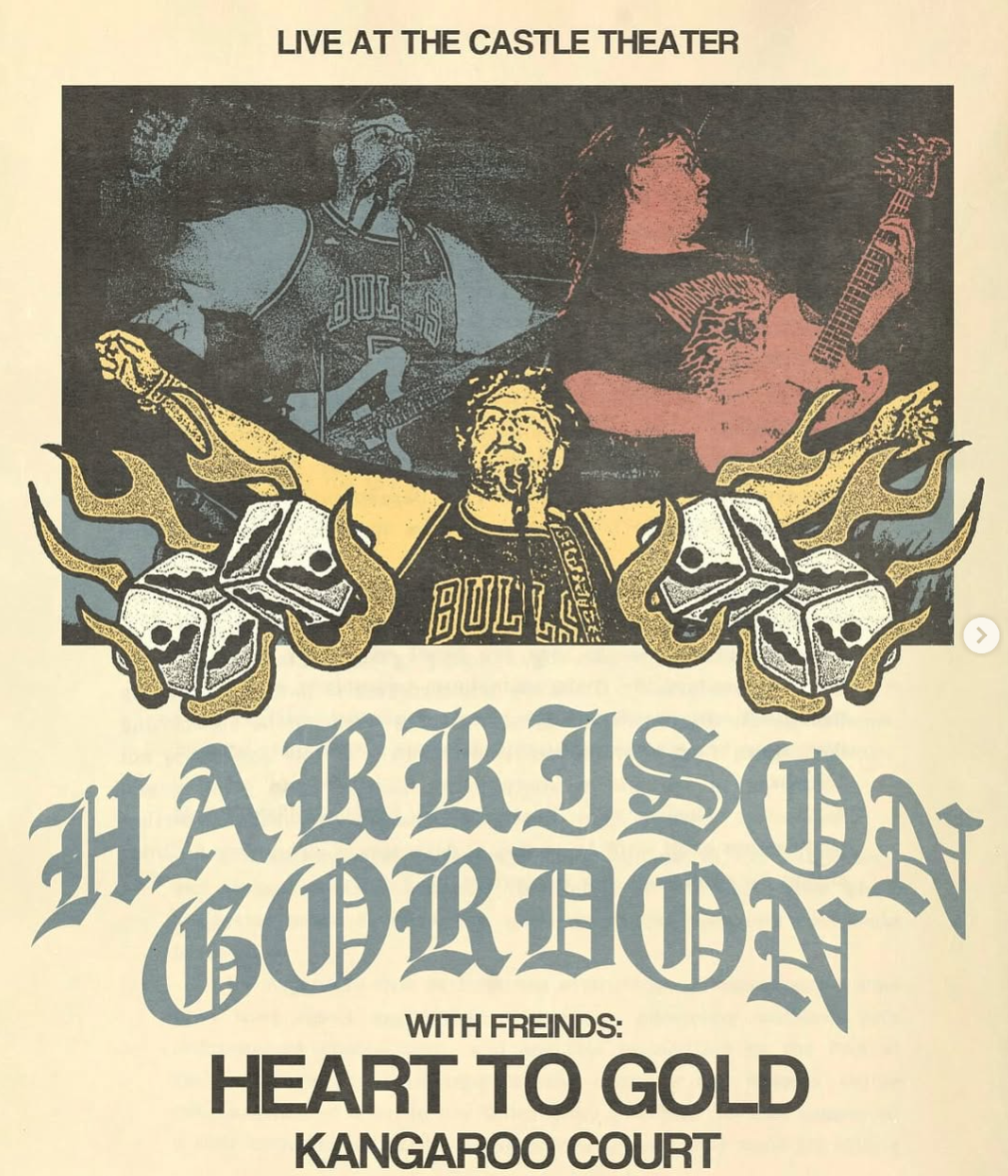
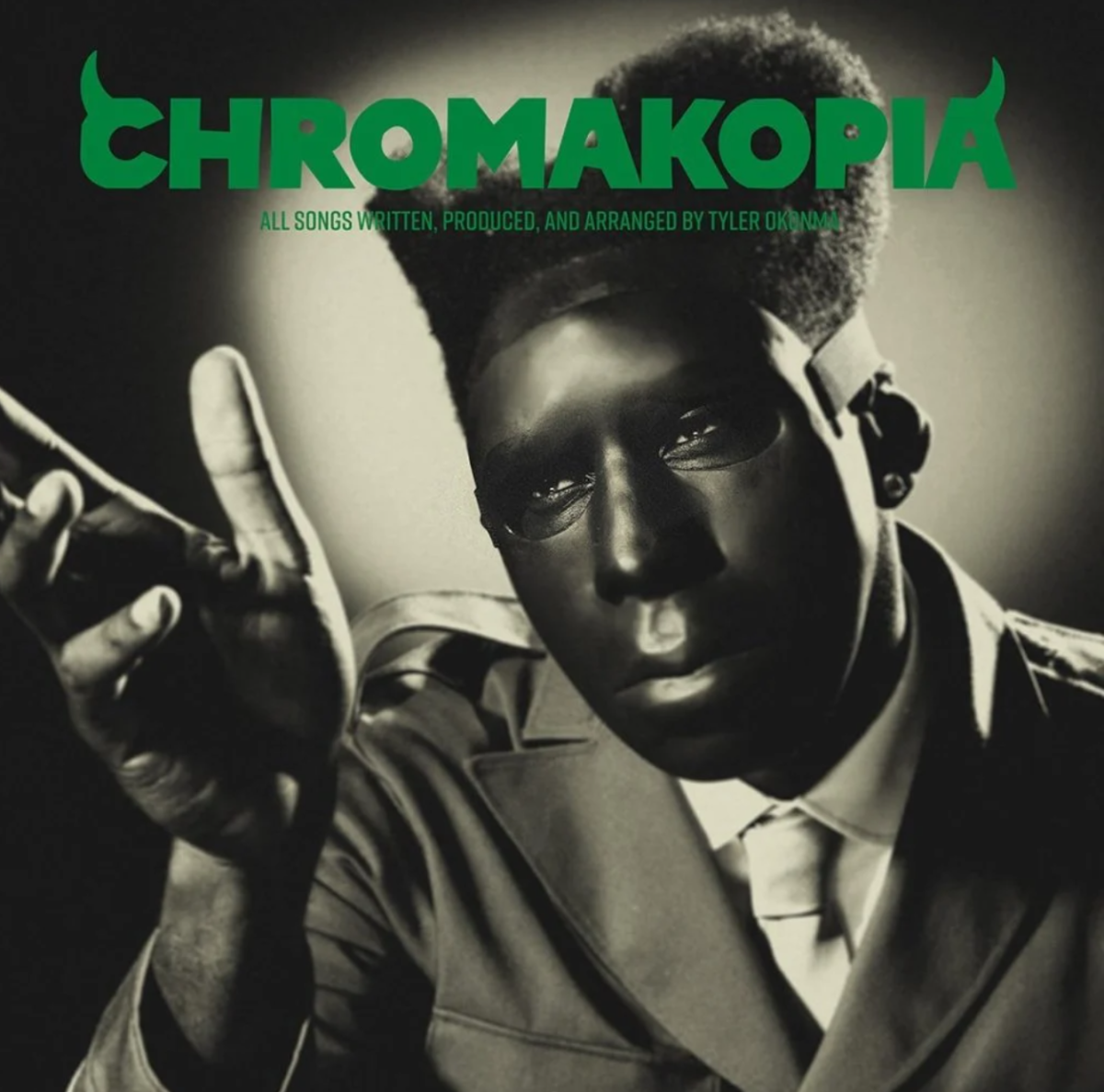





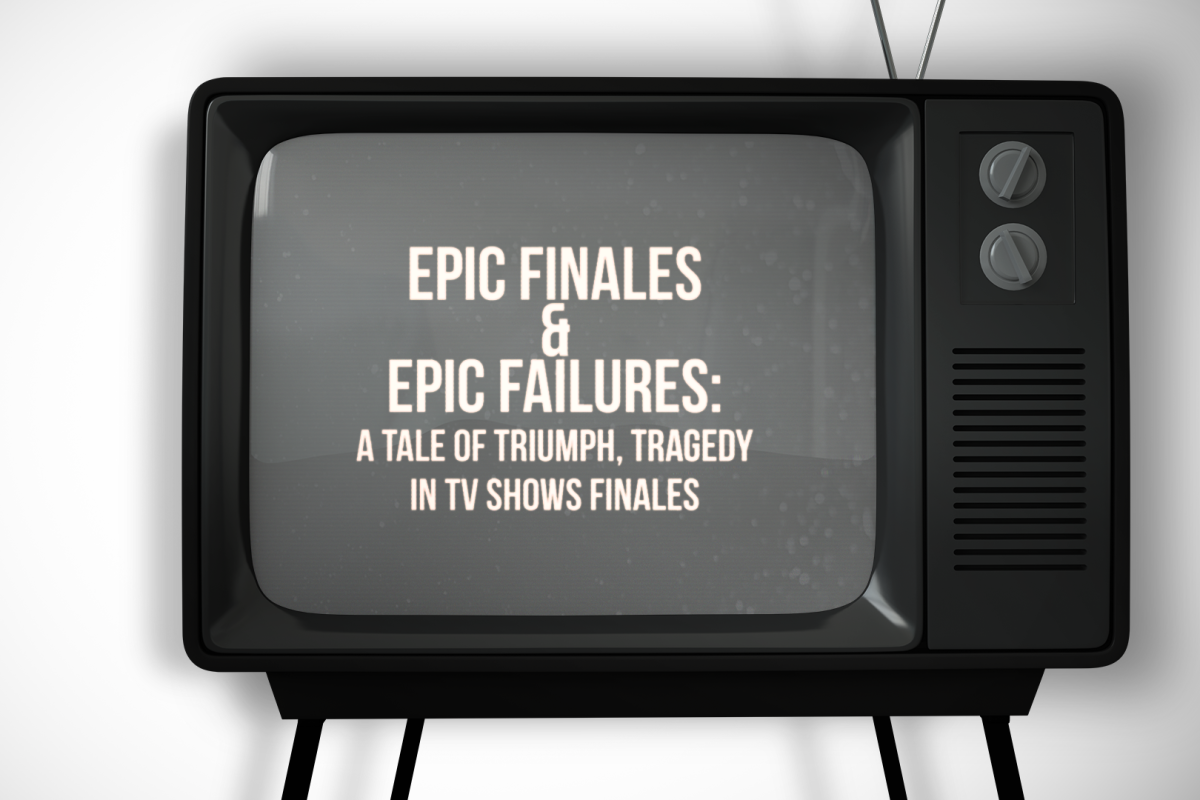

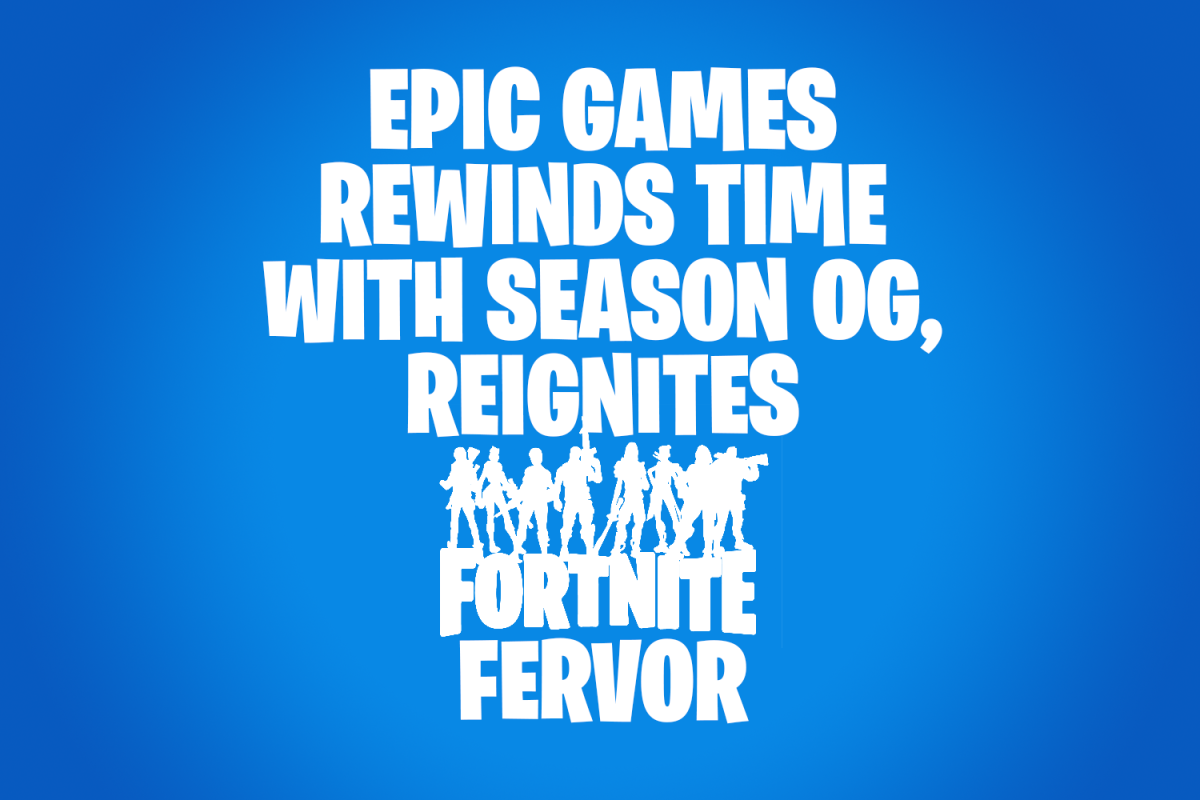
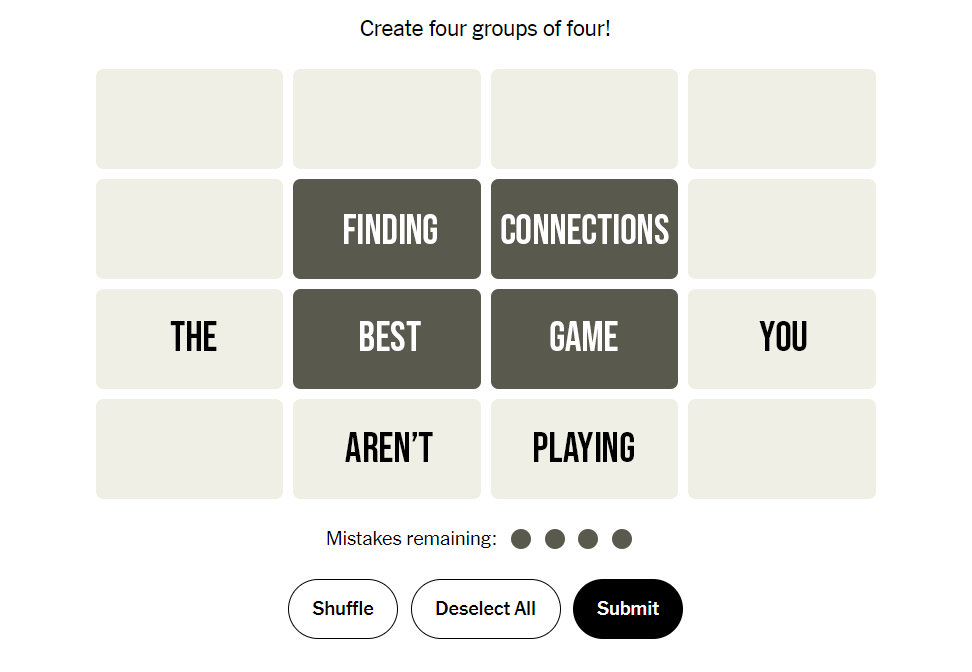

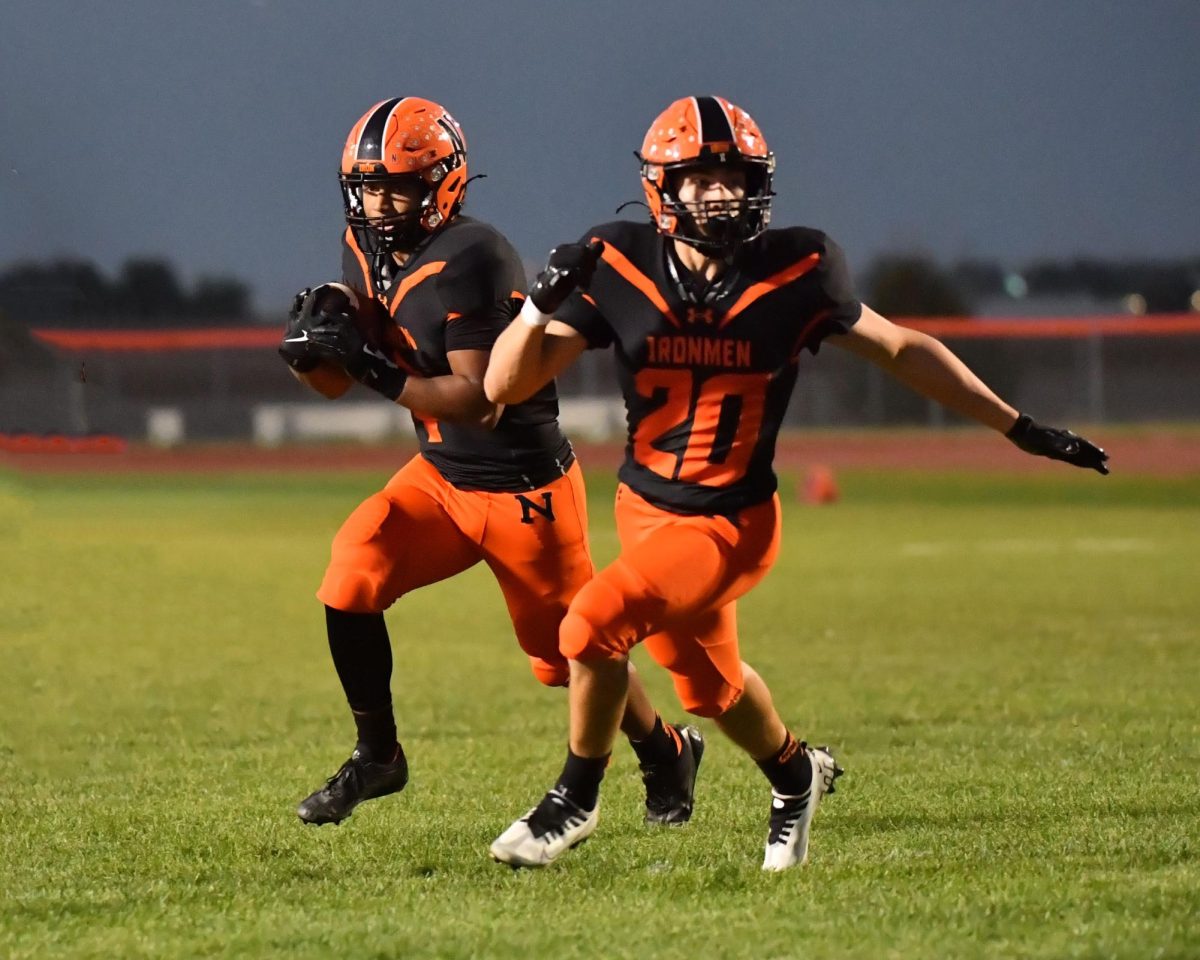




![Week 5: Coach Drengwitz previews the Ironmen’s matchup vs. Peoria Manual, recaps Week 4 [video]](https://nchsinkspot.com/wp-content/uploads/2025/09/Week-5-v-Rams-1200x675.png)
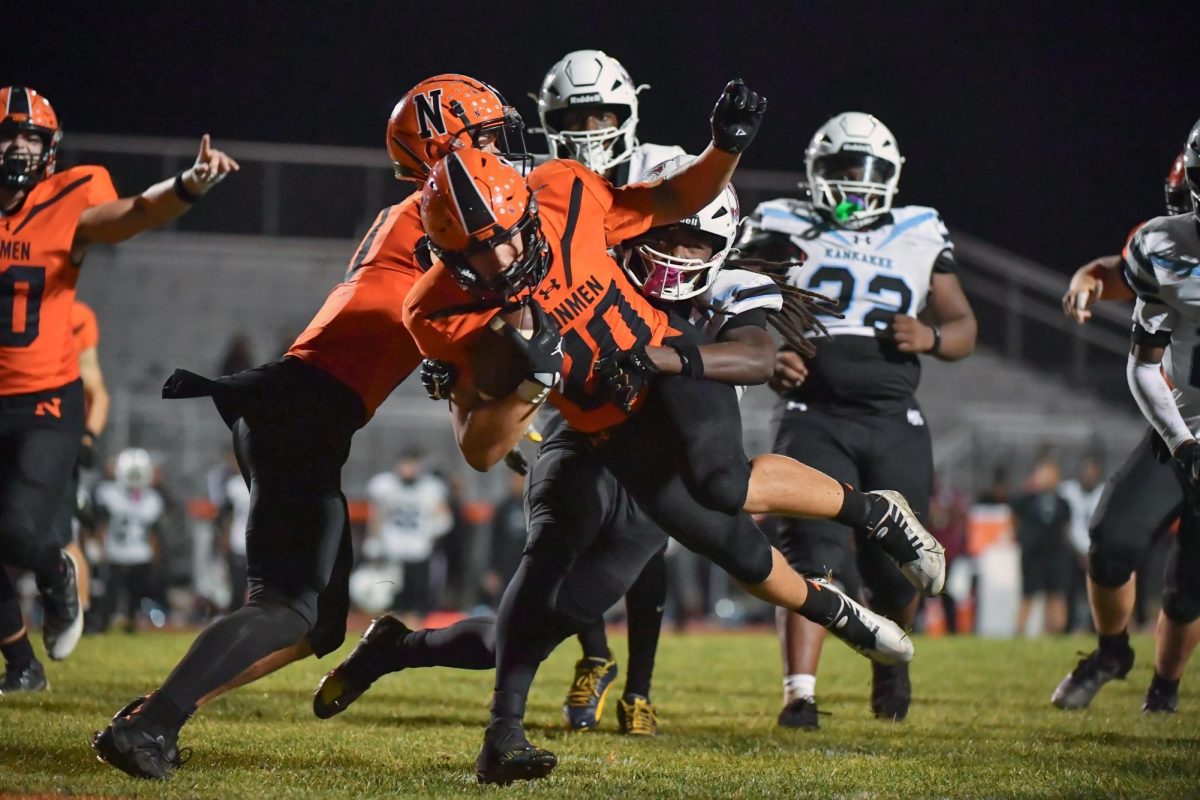

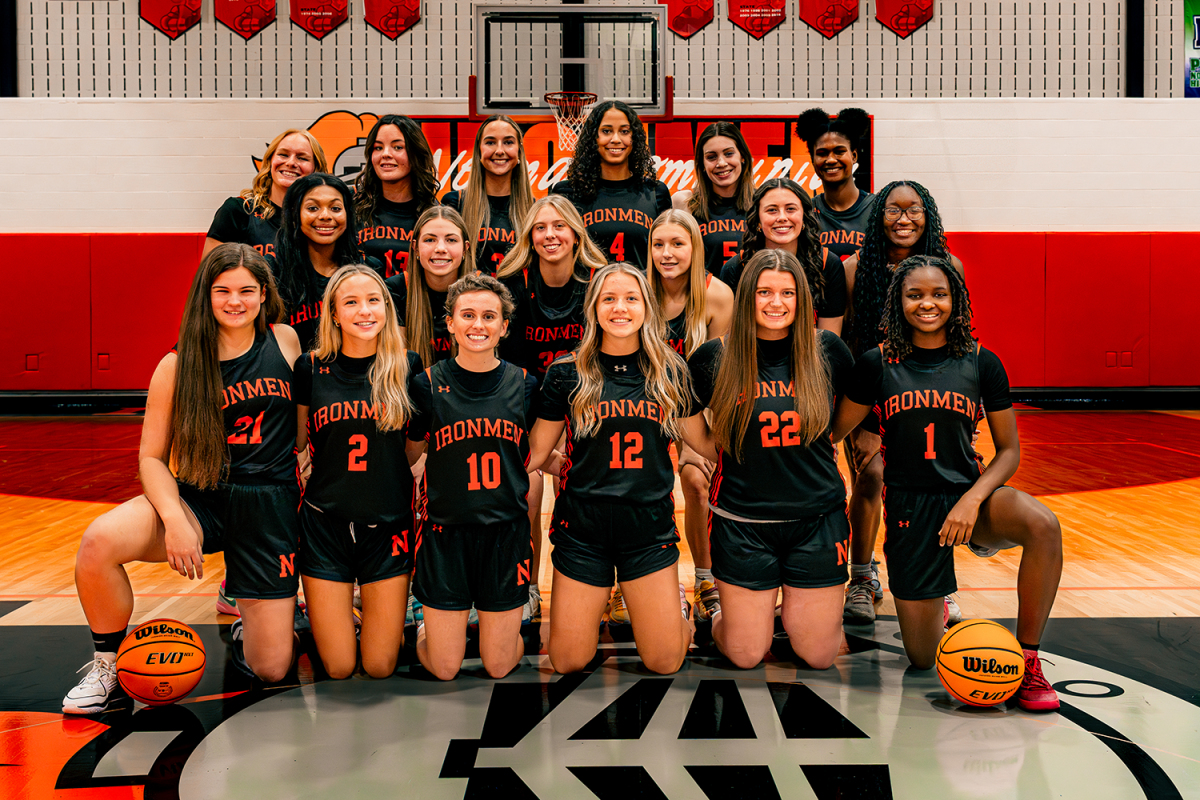







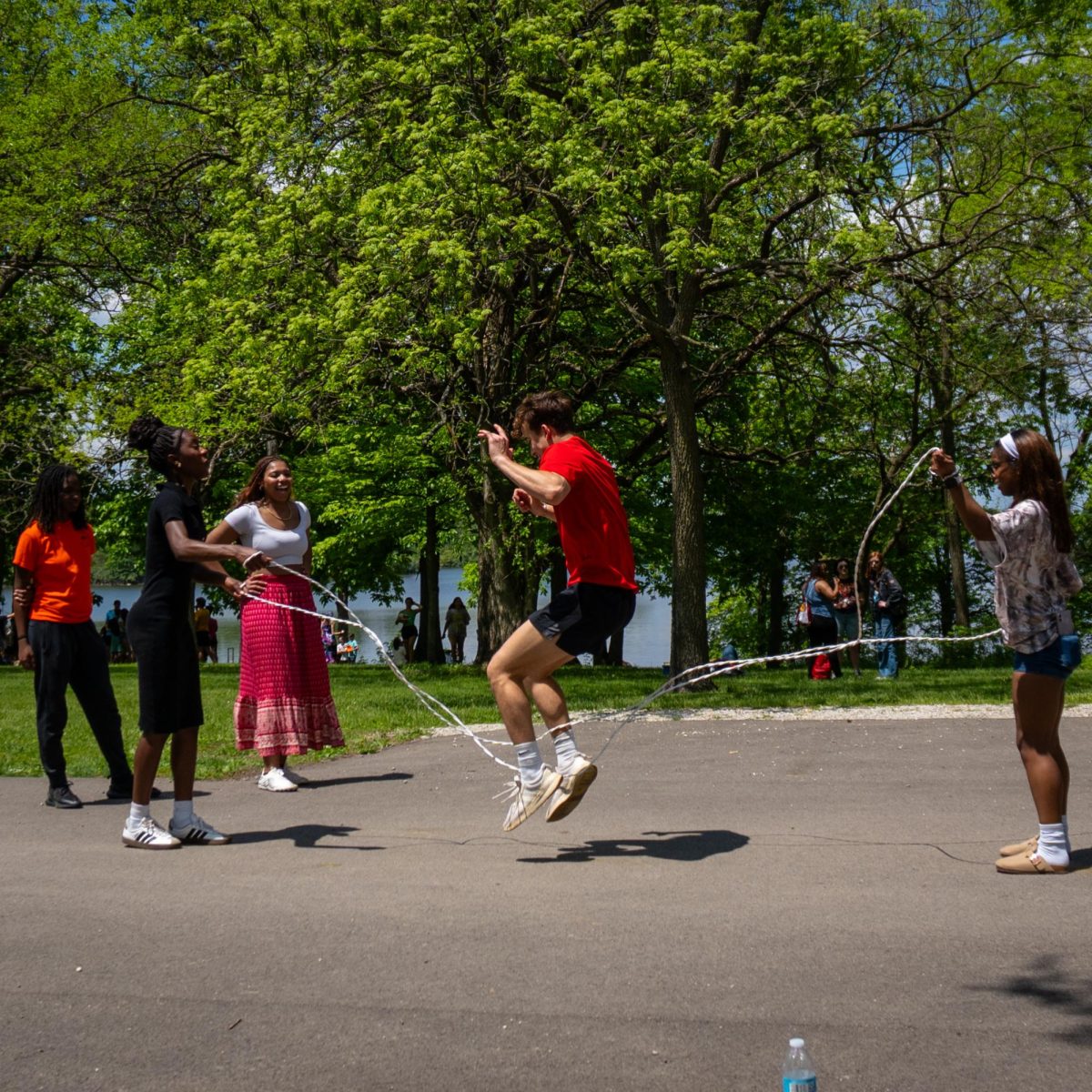

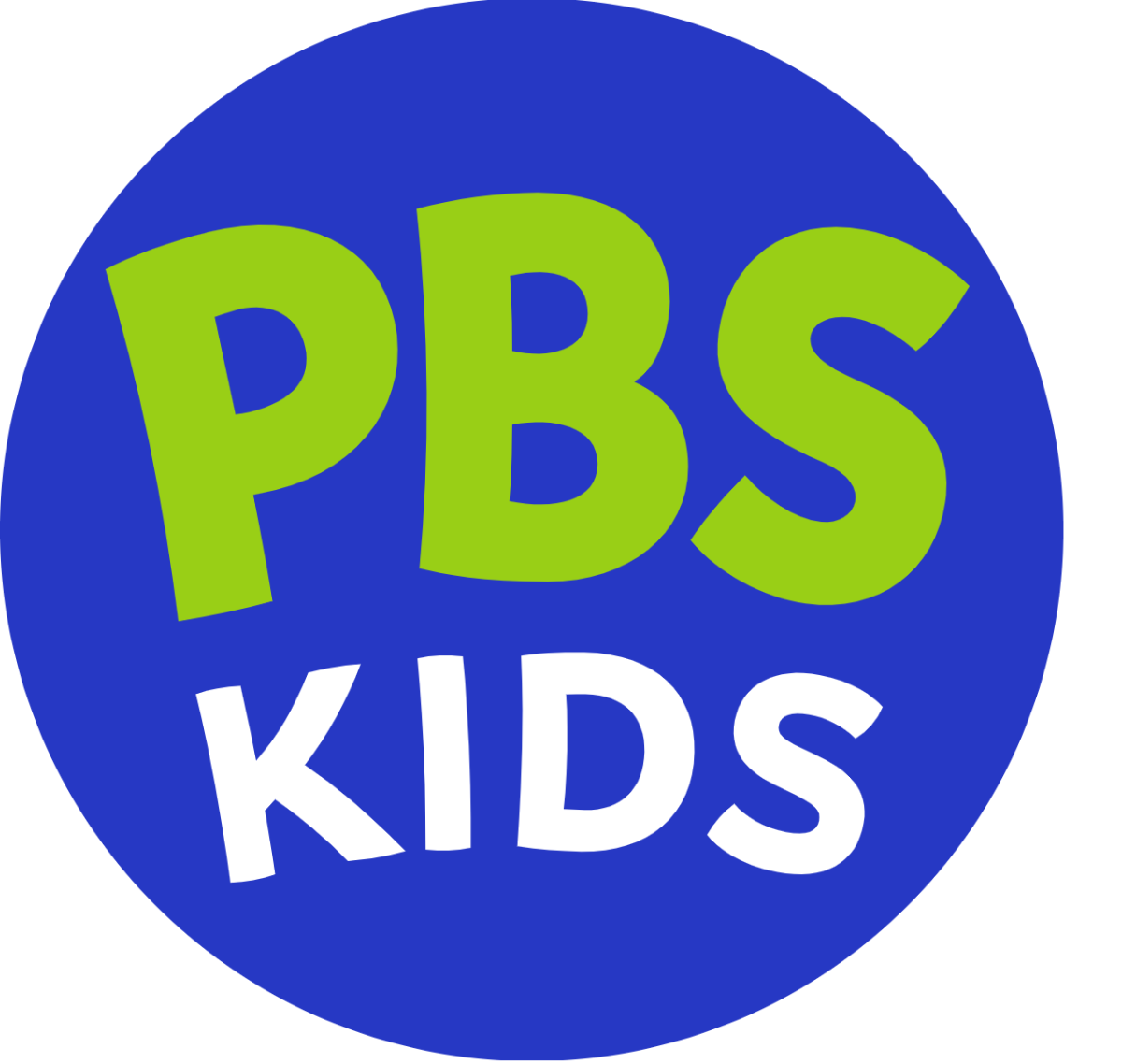


![Halloween candy cross section quiz [quiz]](https://nchsinkspot.com/wp-content/uploads/2022/10/Candy-cover-big-900x675.png)
![Average Jonah? [quiz]](https://nchsinkspot.com/wp-content/uploads/2022/05/average-jonah-900x600.png)

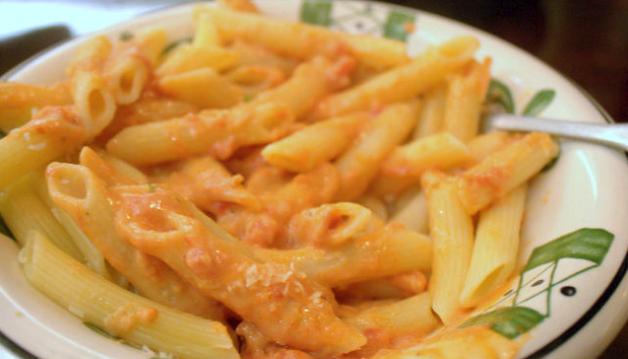
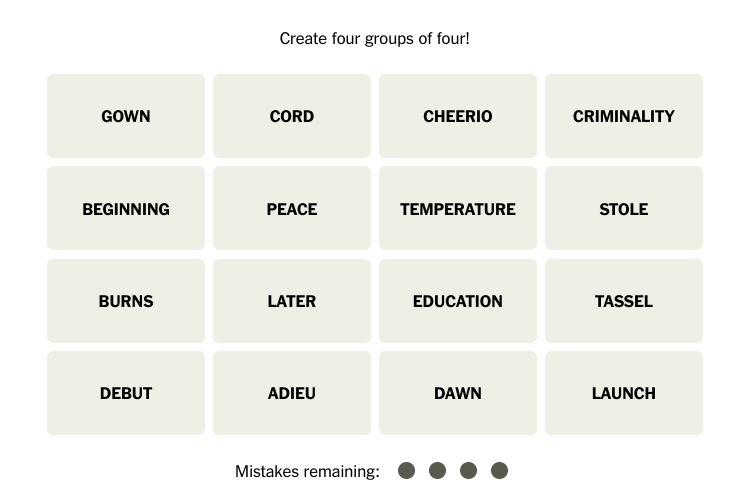
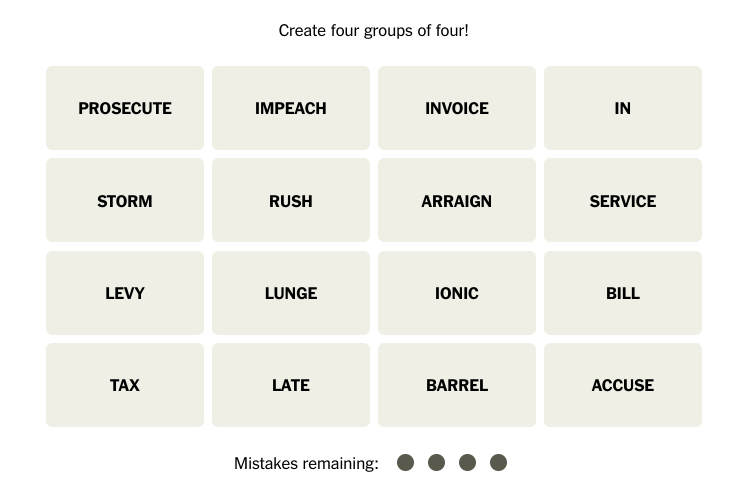
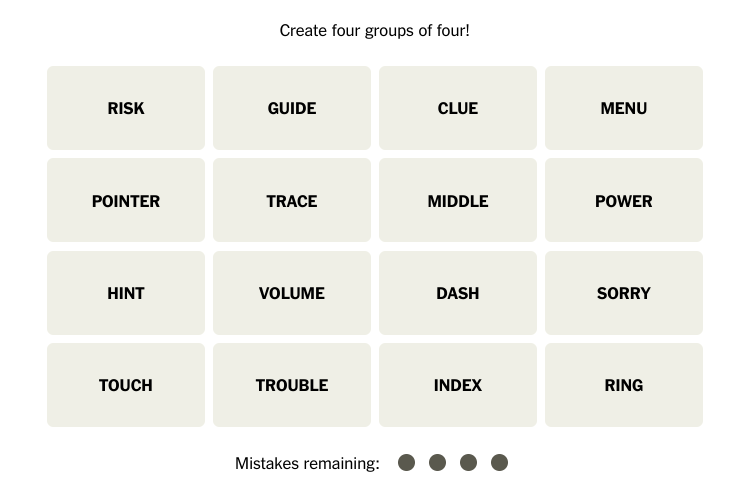
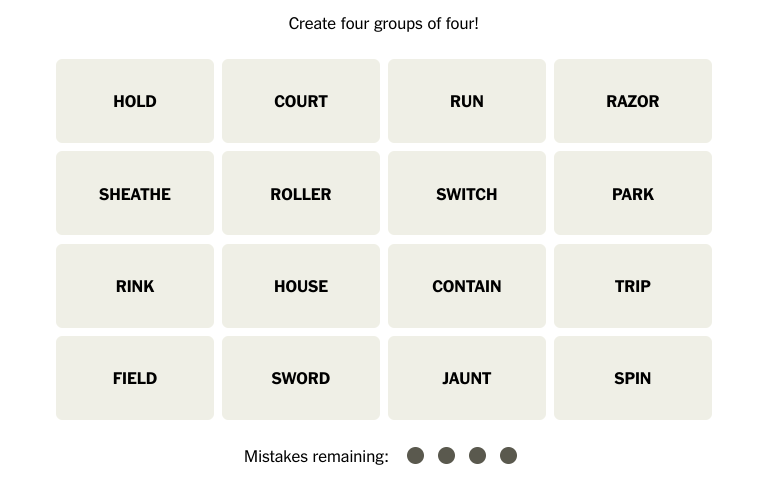
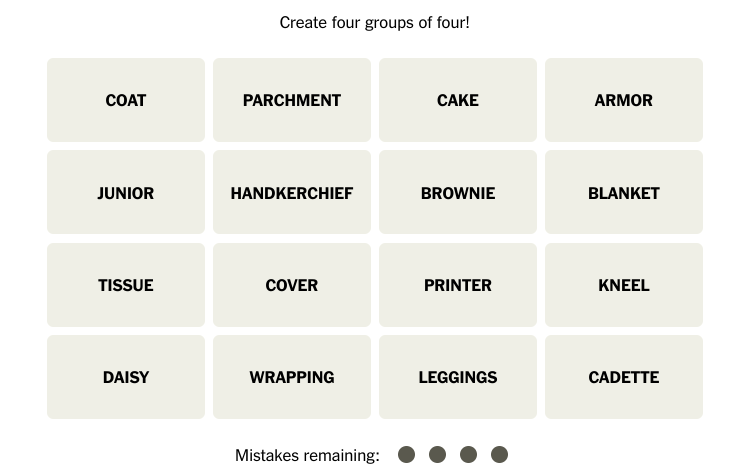
![[Photo Illustration]](https://nchsinkspot.com/wp-content/uploads/2025/09/trigger-words.png)

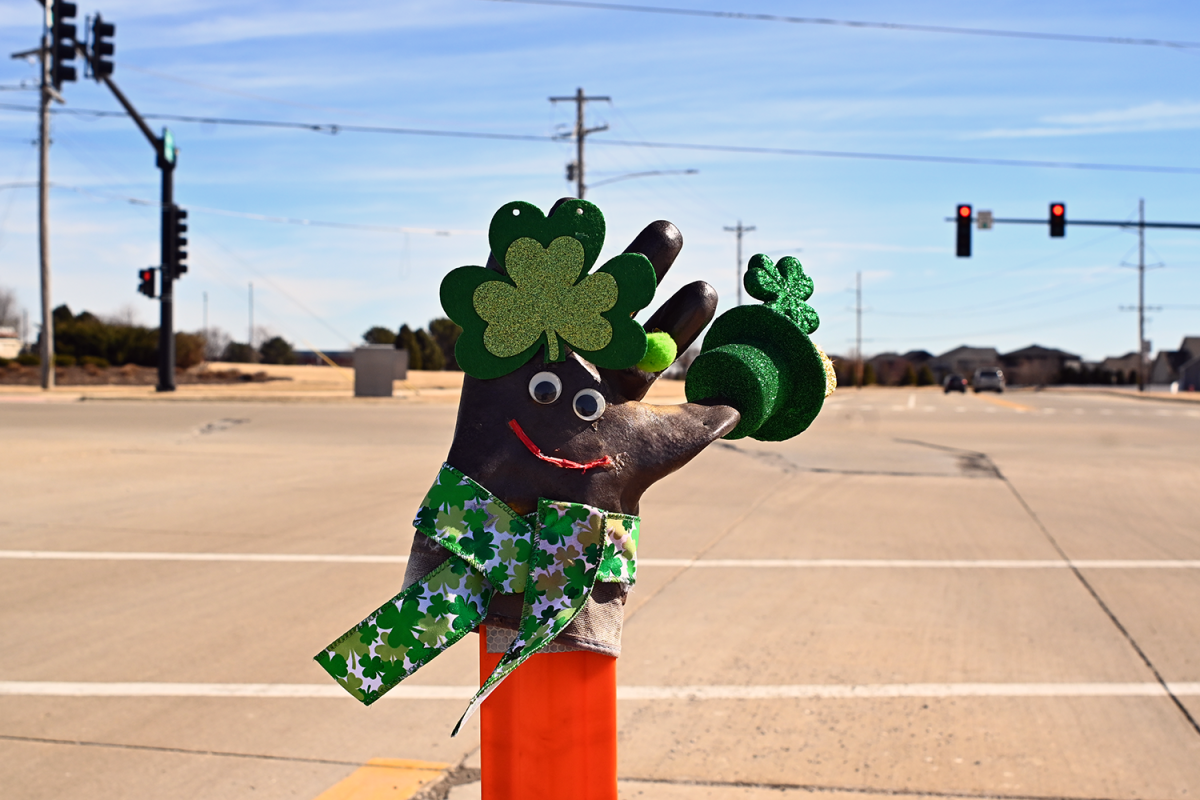





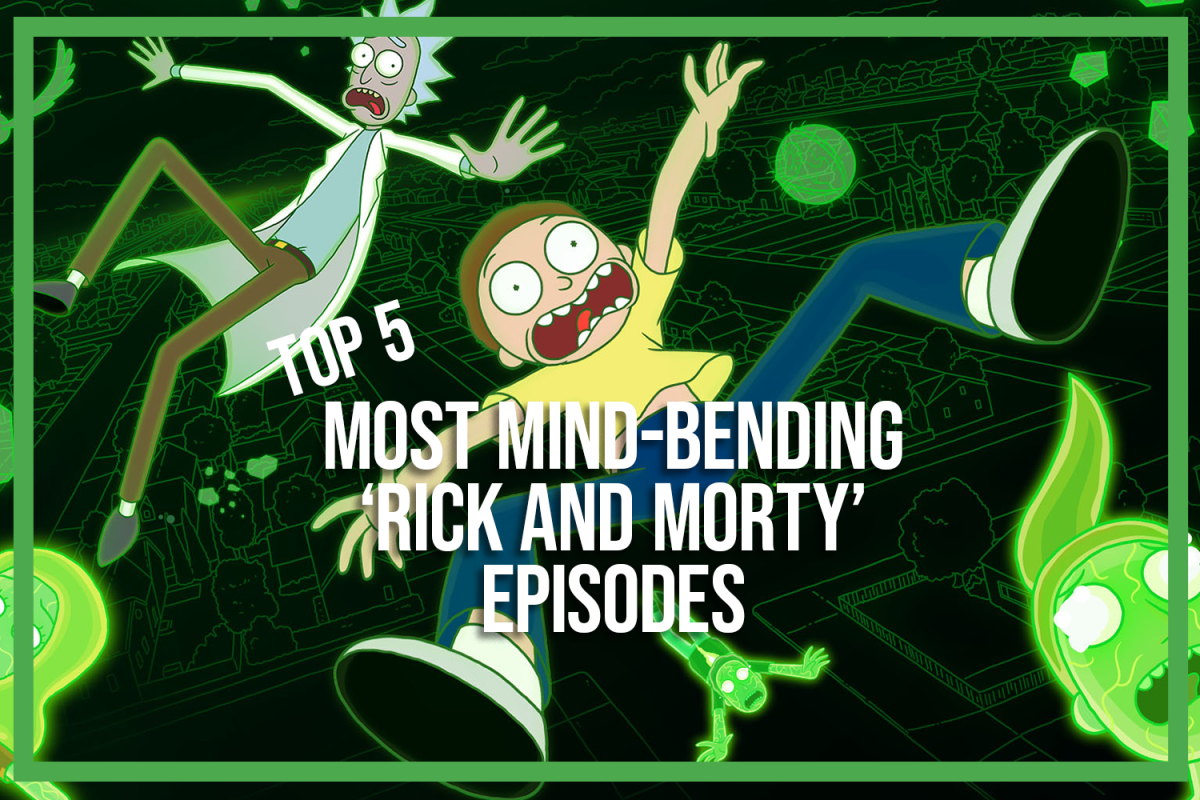
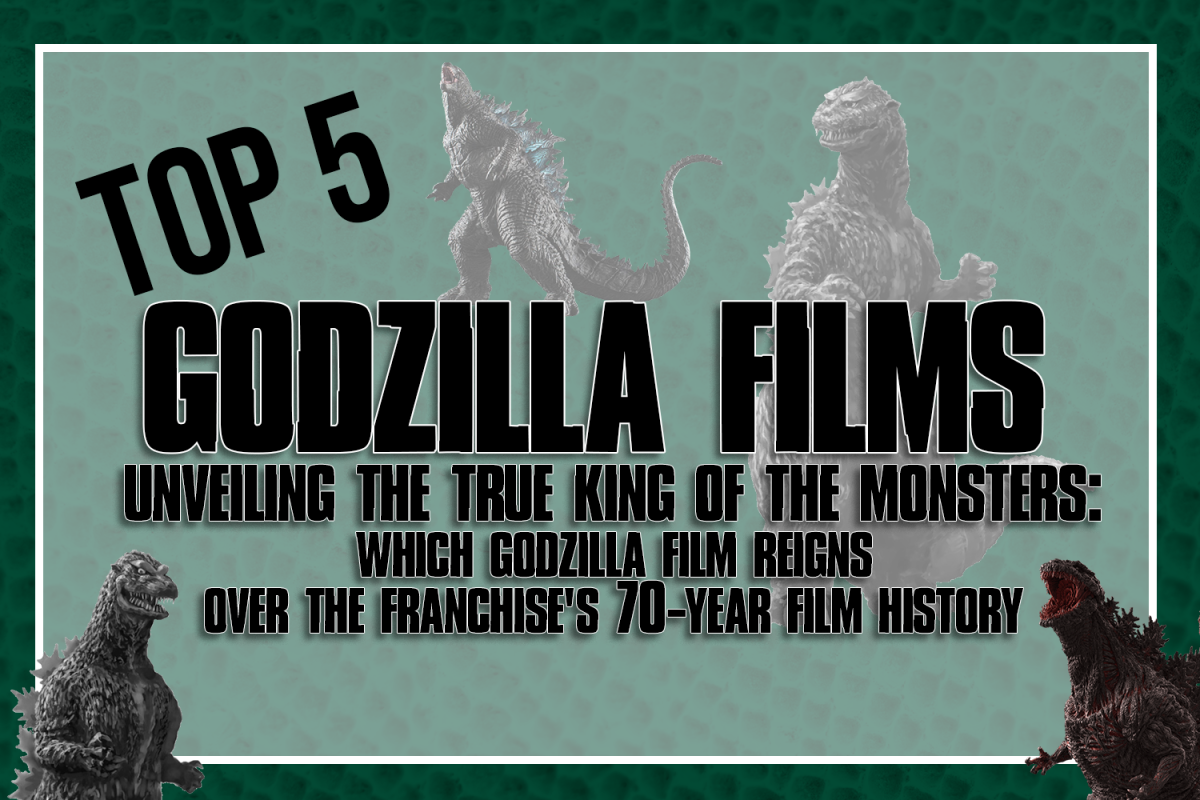

![Postgame reaction: Coach Drengwitz on Community’s 28-17 Loss to Kankakee [video]](https://nchsinkspot.com/wp-content/uploads/2025/09/Week-4-postgame--1200x675.png)
![Week 4: Coach Drengwitz previews the Ironmen’s matchup vs. Kankakee [video]](https://nchsinkspot.com/wp-content/uploads/2025/09/Ironmen-v-Kankakee-video-1200x1200.png)
![Week 3: Coach Drengwitz previews the Ironmen’s matchup vs. Urbana [video]](https://nchsinkspot.com/wp-content/uploads/2025/09/week-3-web-1200x1200.png)

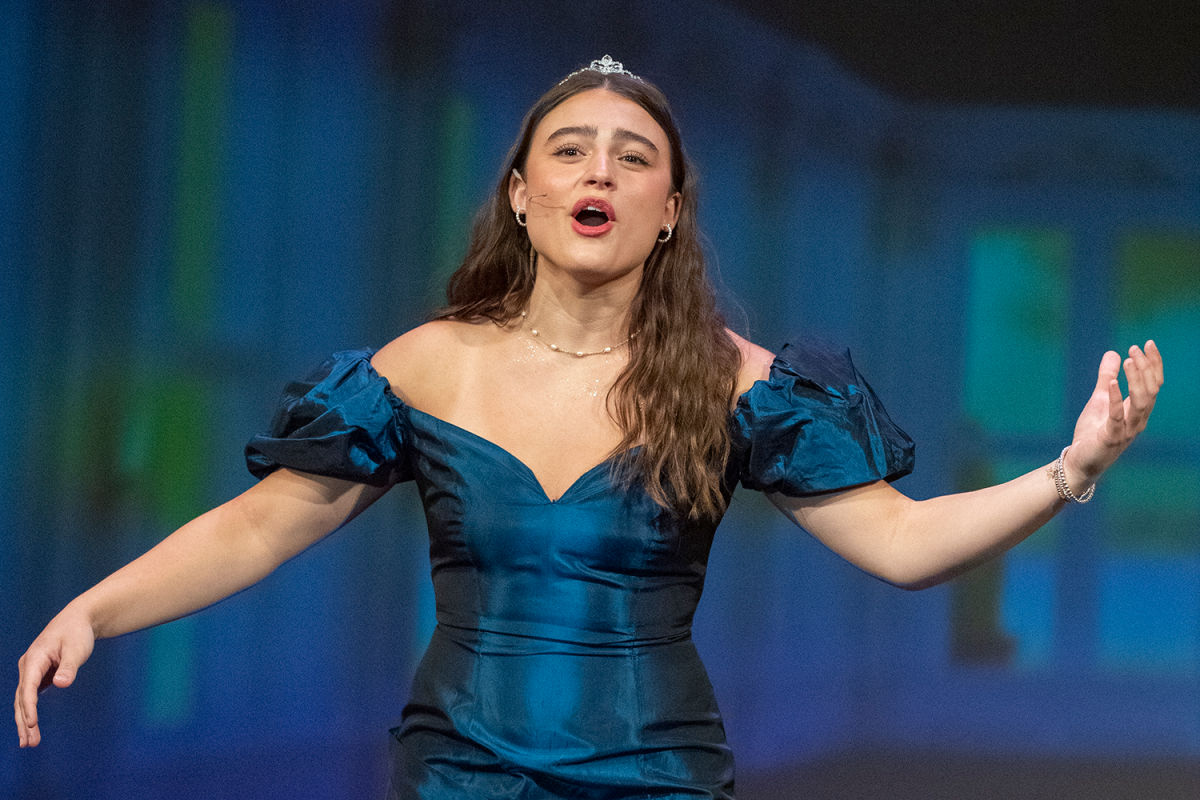



![On the Spot: This or That – Halloween [video]](https://nchsinkspot.com/wp-content/uploads/2024/10/tot-Halloween-YT-1200x675.png)
![On the Spot: This or That – Fall favorites [video]](https://nchsinkspot.com/wp-content/uploads/2024/10/ots-fall-web-1200x800.png)
![On the Spot – Teachers tested on 2023’s hottest words [video]](https://nchsinkspot.com/wp-content/uploads/2024/01/On-the-Spot-Teachers-tested-1200x675.png)

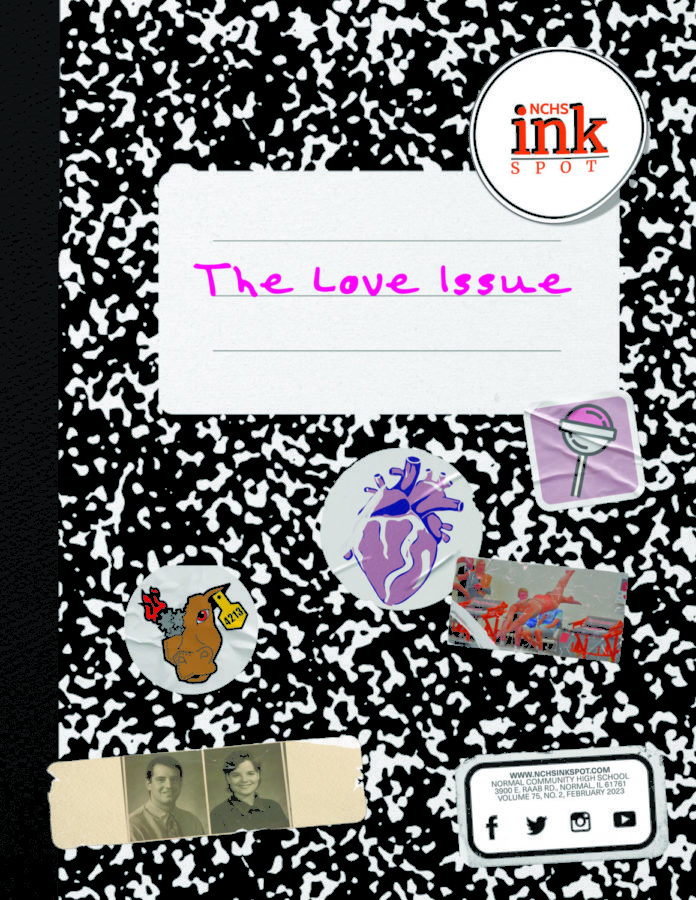


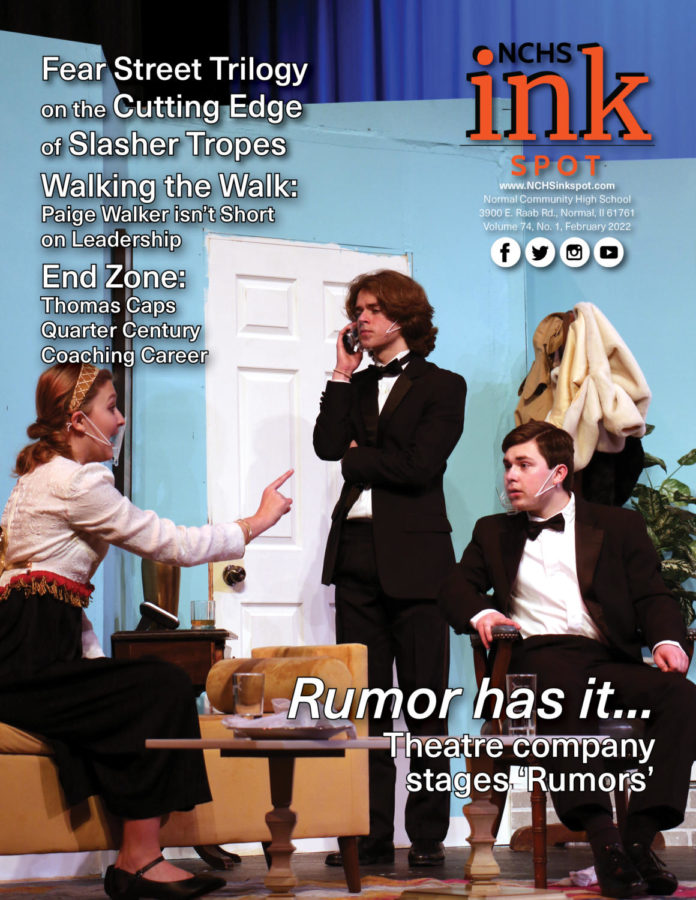
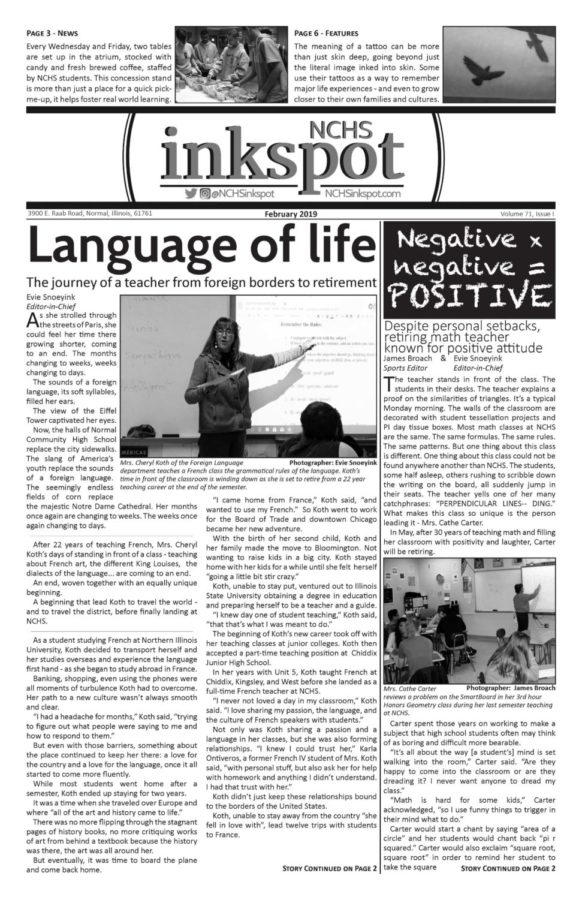


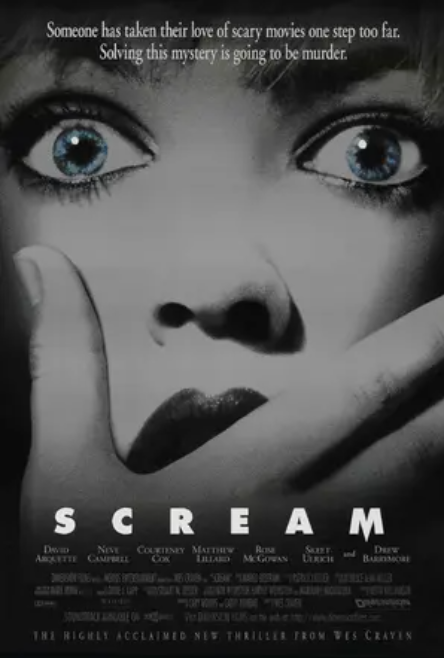
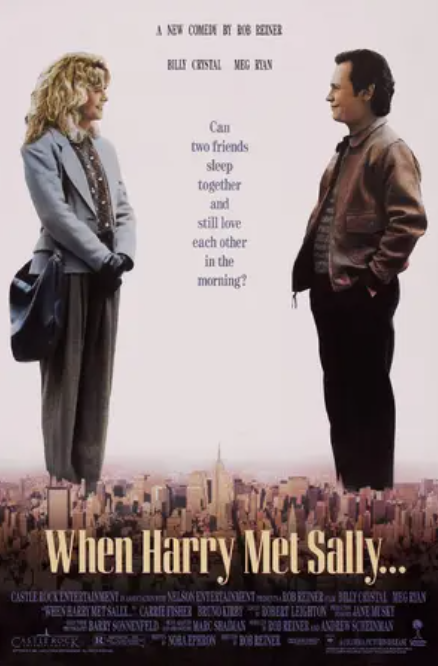

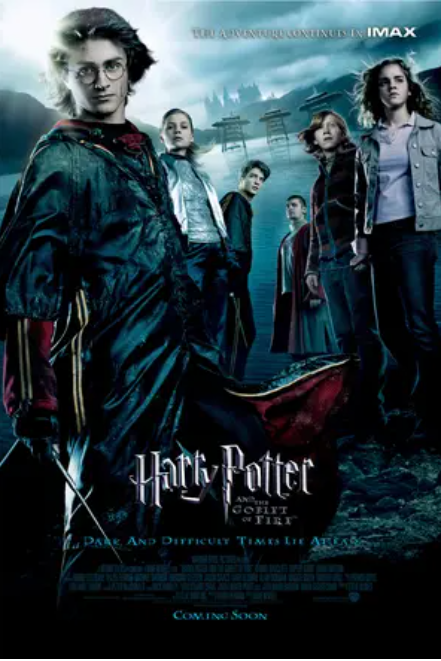

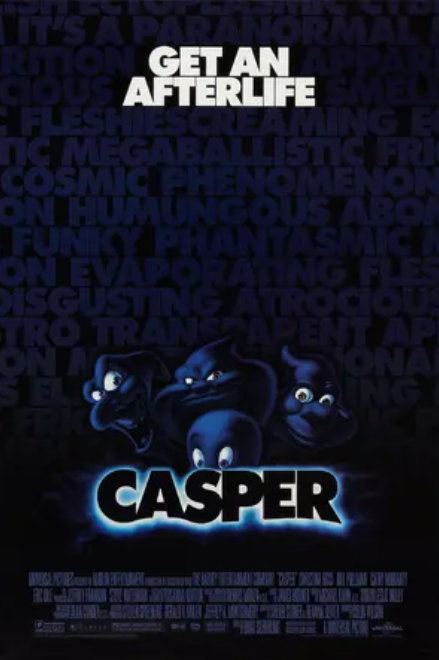

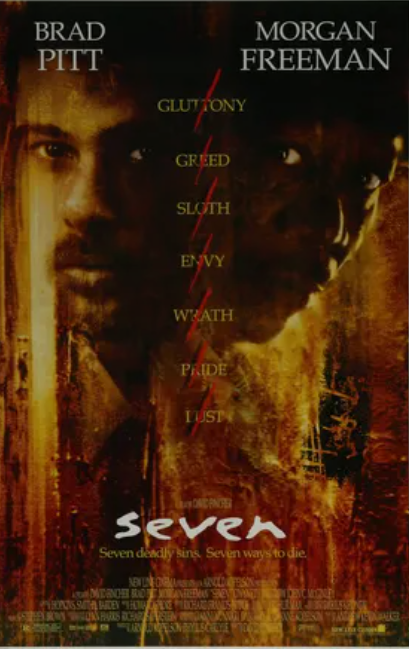

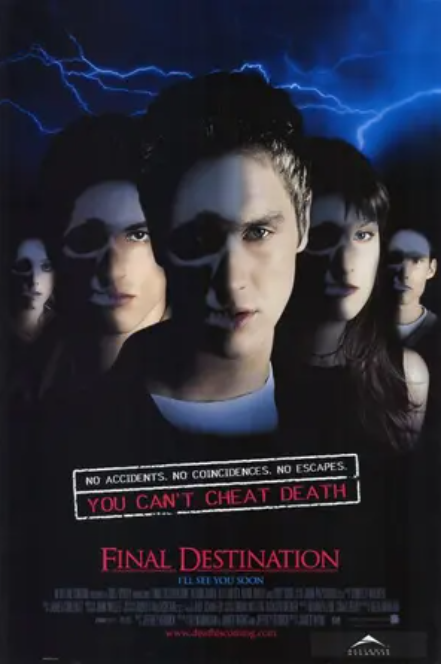

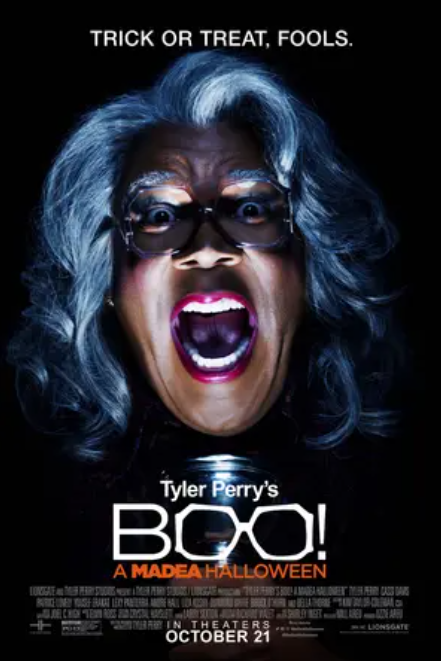

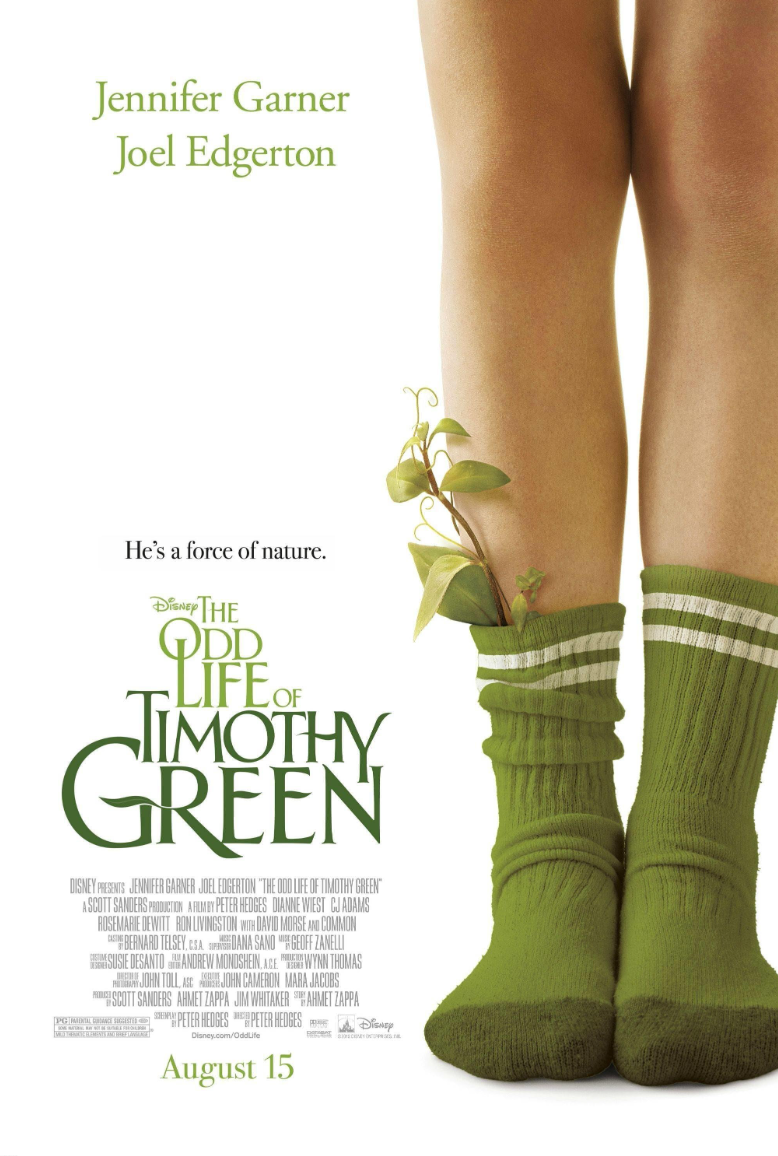

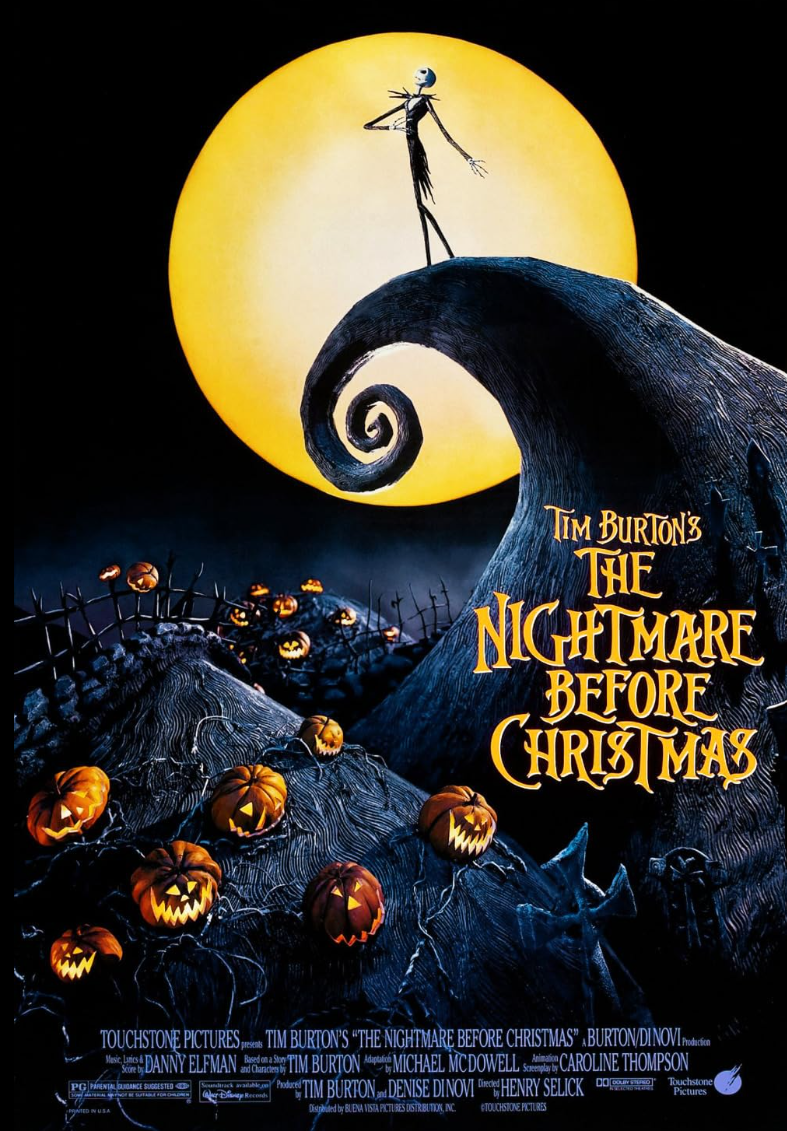


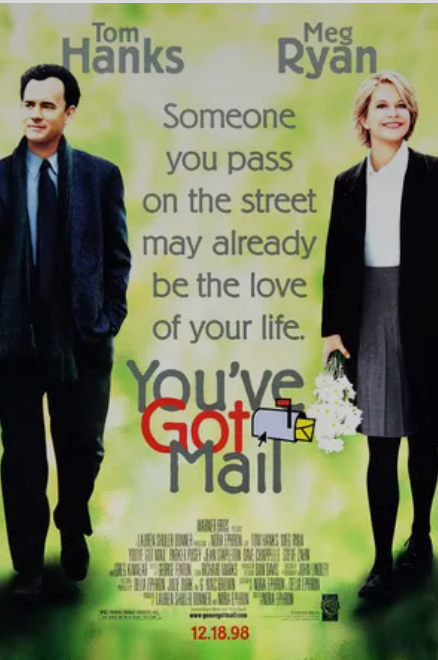

![‘Alien: Romulus’ returns to franchise roots [review]](https://nchsinkspot.com/wp-content/uploads/2024/08/romulus_instagram_payoff_poster_united_kingdom_12_dd56170b.jpeg)